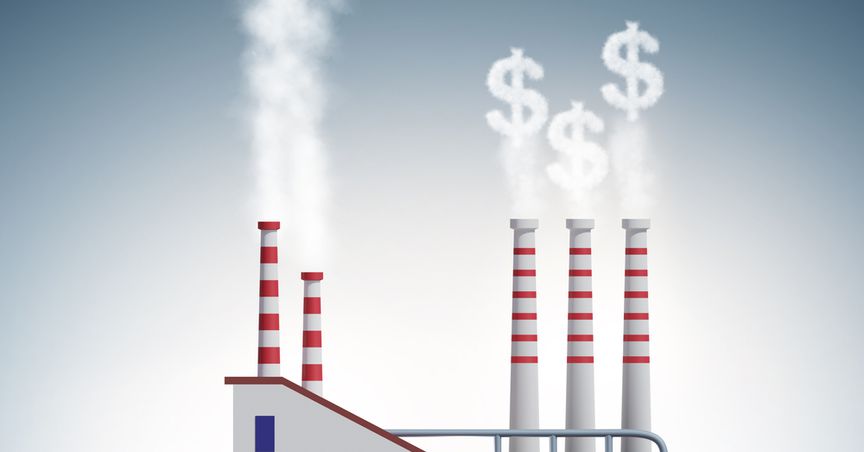Scientists around the world are elbow-deep in research to come up with newer techniques for reducing emissions. The International Monetary Fund, for one, believes that to truly attain climate goals, countries need to make carbon more expensive.
In a new research paper, the IMF proposes having in place a minimum carbon price, similar the global minimum corporate tax rate considered by the G7. This minimum floor, the paper suggests, will have different prices to ensure parity among advanced and low-income nations.
The question now remains, why do we need to have a price on carbon? There are quite a few arguments for that.
CO2 emissions cut is at the heart of climate policy
Carbon dioxide and other harmful greenhouse gases have to be reduced by at least a quarter or by half in the next 10 years to control global warming under two degrees.
Unless countries with heavy carbon emissions levy a price on carbon and trigger a public sentiment in its favor, climate goals are likely to be too tough to achieve. The IMF paper suggests large emitters including the US, the EU, China and India, need to launch significant policies to help this cause.
These four nations are expected to account for almost 65 per cent of the world’s total carbon emissions by 2030, according to the IMF paper. The G20 nations, on the other hand, are projected to emit almost 85 per cent carbon dioxide in the next 20 years. The minimum carbon price scheme can start with the largest polluters and eventually be applied to other countries.
The most important point here, which will address the concerns of low-income countries, is having equity in the approach for minimum carbon price. The IMF report points if advanced economies keep a price floor of 75 US dollars, high-income countries keep it at 50 dollars, and low-income nations at about 25 dollars, there can be a 23 per cent decline in emissions by 2030.

Copyright © 2021 Kalkine Media
The paper also estimates that the global average carbon price is currently three dollars per ton.
Some countries are already penalizing the polluter
The IMF report does not forget to mention Canada’s approach to carbon pricing.
The Canadian government had directed all provinces and territories to have in place a minimum carbon price of ten Canadian dollars per ton for 2018. It is set to gradually increase to 50 Canadian dollars by 2022 and to one hundred and seventy Canadian dollars by year 2030.
On an international level, minimum carbon prices must be considered on the basis of a country’s historical emissions and its development levels, the IMF paper notes. It adds on that if a country’s political landscape is such that minimum carbon pricing cannot be implemented, other policy actions must be used to achieve equivalent outcomes.
The IMF paper may sound convincing to many, especially in the current scenario, when many countries are looking to lift their pandemic-induced restrictions.
Economic activity will expand from here on, which means emissions will see an uptick as well. More industries will kick into full gear and more people will venture out for travel and work. And this will inadvertently pump up pollution in all forms.
A global minimum carbon price floor can add compulsions on countries to do more to reduce emissions. A polluter will be required pay a price for polluting the environment, which will make people more responsible.
The G20 is expected to soon have discussions on minimum global corporate tax. For climate goals to become reality, global minimum carbon price, as proposed by the IMF, can be considered.





